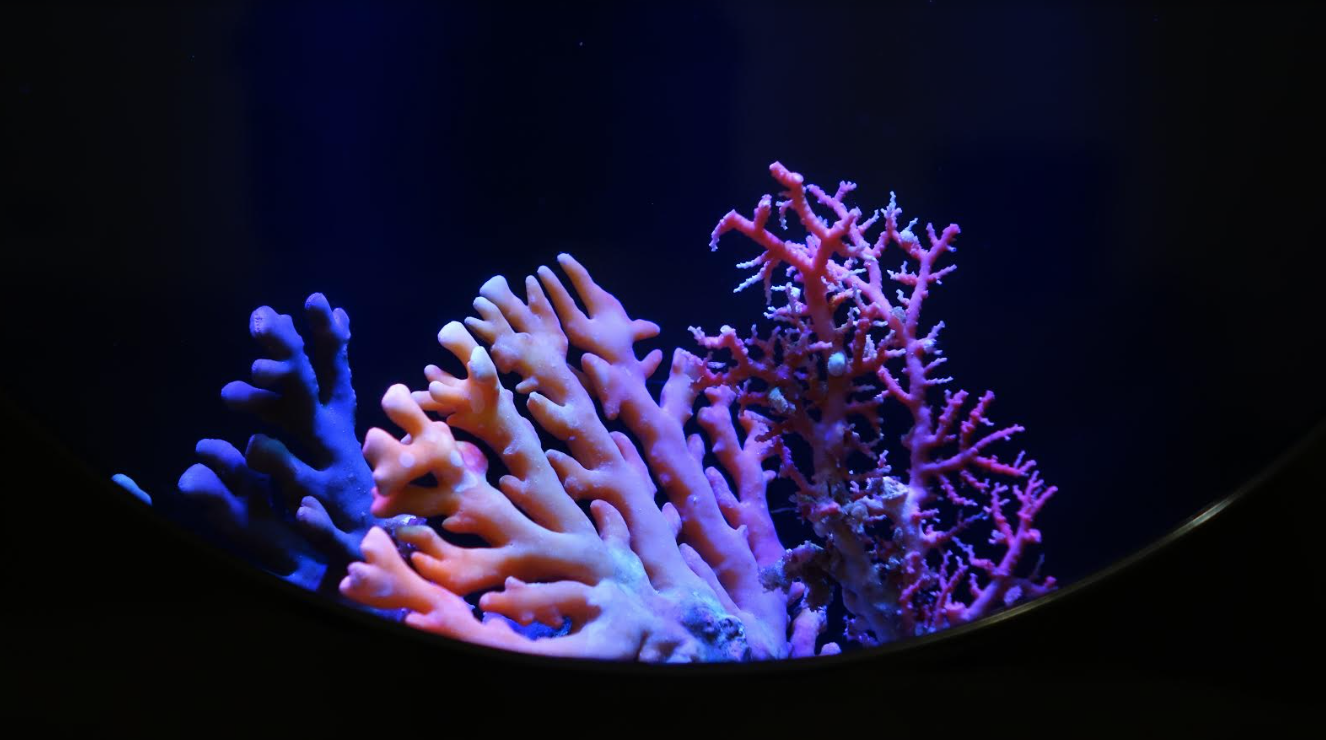If you ever came across a colony of Distichopora at your local reef shop, you know that is it super difficult not to be enamored by the sheer beauty of these stunning hydrocorals. Despite their elegance, they are almost completely absent from any home aquarium. In this article, I would like to take a closer look at this group of animals and discuss some possible ways to “crack their code” in our private reefs.
Hydrocorals and the family Stylasteridae
Currently, the family Stylasteridae consists of 34 genera and 364 species. Of these, only Distichopora and Stylaster are occasionally found in the aquarium trade. What sets them apart from your day-to-day aquarium Scleractinian is that these hydrocorals belong to a completely different class of animals (Hydrozoa) more closely related to jellyfish than actual corals. All members of this family are completely azooxanthellate/non-photosynthetic and rely on capturing food to fulfill their dietary needs.
Lace Coral habitat
Looking at their natural ecosystem we need to differentiate between Distichopora and Stylaster. Of the 28 species of Distichopora most are considered shallow water animals. They are usually found quite exposed in subtidal reef zones even growing alongside Acropora in bright light. Stylaster on the other hand is much more cryptic often growing in caves and crevices. Many species can also be found at a great variety of depths, giving the false impression that these creatures could be very adaptable to their habitat. In nature, these hydrocorals receive a constant supply of different-sized zooplankton and phytoplankton but with very low dissolved nutrient levels.
Aquarium History of Stylasterids
To label the success rate of these invertebrates as abysmally low would be an understatement. There are very few reefers and even public aquariums claiming to have success with these animals and even fewer that can provide evidence of them doing well in their systems for a prolonged period. But why is that? First off, it is difficult to tell if your Stylasterid is deceased in the first place as their color is bound to the skeleton, not their tissue, fading over the course of a couple of months after the animal’s death. Looking at aquarium requirements, we simply still haven’t figured out what they need to stay alive and healthy.
How to crack the Stylasterid code? – A few concepts
The single most important factor of success with these genera is minimizing the time between collection and acquisition. The less time they spend at the wholesaler or LFS, the higher your chances of getting a healthy individual.

One method that has proven to elongate their lives in a captive environment from personal experience is keeping the hydrocorals in complete darkness to avoid rapid overgrowth by biofouling organisms such as algae, cyanobacteria, or protozoans. Additionally, providing a low-nutrient environment is critical to their long-term health. Slow to moderate, laminar flow seems to result in optimal zooid extension in both genera and enables them to capture food particles.
Some reefers report success stories with Distichopora growing in DyMiCo-controlled systems, a method that reduces nutrients while producing a constant supply of live plankton. The exact types of food these animals consume are still unknown. Based on the size of the zooids it is safe to assume that the prey items and captured particles are rather small with the possibility of them even consuming bacterioplankton and bacteria-laden slime particles from other coral species.
In summary, Distichopora and Stylaster are unsuitable for being kept in a mixed reef aquarium. They are best suited for a Stylasterid-only aquarium tailored to their specific needs with as few competing organisms as possible. There is still a lot of research and trial-and-error that needs to be done before these species can be successfully aquaculture.
About the Author
Florian Gaudig is a 27-year-old microbiology teacher from Bavaria, Germany. He has been reefing for 12 years and started with keeping freshwater aquariums before switching to the salty side. From the very beginning, he has been fascinated by azooxanthellate/non-photosynthetic corals. About three years ago he converted his tank to 100% NPS. Since then, he has kept many different species of NPS but tends to focus on keeping gorgonians. Last year, he set up a specific tank for Stylasteridae. On his Instagram: @darksidereefing he tries to educate people about NPS reefing.



